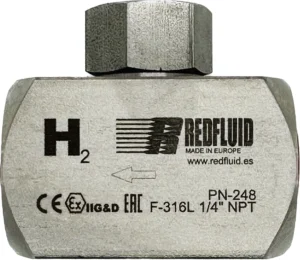
Hydrogen Check Valves
Imagine installing just any check valve in a hydrogen circuit. At first, everything seems to work fine — but over time, internal materials begin to
If you are looking for DIN flanges you will most likely not find them, as the standard is repealed. Although if you want to make sure you get the ones you need I recommend you read this guide and avoid the mistakes that everyone makes.
First, you should know that, in the past, different standards were available in the European Union, such as the French NF, the British BS, and originally the German DIN. The latter was one of the most widely used, which is why we still talk about DIN flanges.
However, the European Union decided that the standardization criteria should be unified, and using the above-mentioned, a standard for flanges was created, EN 1092. Therefore, the first mistake to avoid is to look for a flange using the DIN standard, as you will probably have difficulty finding the flange you need under this designation.
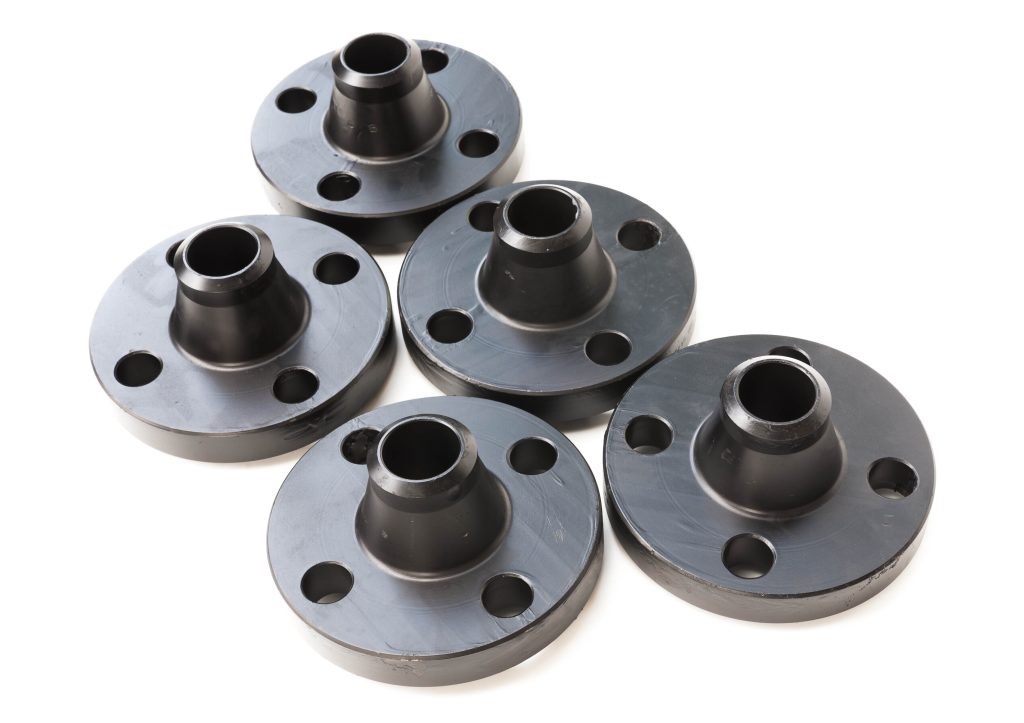
Of course, the question arises, will a flange of the new EN standard work for me, and are these standards compatible?
In general, DIN flanges are compatible with EN flanges. The most important thing is to verify that the EN flange you buy to replace a worn DIN flange is under the same pressure rating PN, same material; same nominal diameter DN and type of connection.
For example, a DIN 2527 PN16 DN 200 flat flange will be equivalent to an EN 1092-1 PN16 DN200 flat flange.
However, there are some small considerations and differences to be taken into account:
Flange equivalence between DIN nomenclature and EN 1092-1, for flange-pipe connections:
| Design | According to EN 1902 | According to DIN |
| Neck Flange | 11 | DIN 2627 – DIN 2638 |
| Blind Flange | 05 | DIN 2527 |
| Threaded Flange | 12 | DIN 2558, DIN 2565 – DIN 2569 |
| Flat Flange | 01 | DIN 2573, DIN 2576 |
Flange face shape for connection Flange – Flange
| Unadopted DIN | | DIN EN 1092-1 |
| Form A | without Raised Face | Form A |
| Form B | without Raised Face | Form A |
| Form C | Raised Face (Rz = 160 Mechanical Turned) (RF) | Form B1 |
| Form D | Raised Face (Rz = 40 Mechanical Turned) (RF) | Form B1 |
| Form E | Raised Face (Rz = 16 Mechanical Turned) (RF) | Form B2 |
| Form F | Tongue According to DIN2512 | Form C |
| Form N | Groove according to DIN 2512 | Form D |
| Form V 13 | Male according to DIN 2513 | Form E |
| Form R 13 | Female according to DIN 2513 | Form F |
| Form R 14 | Female according to DIN 2514 | Form G |
| Form V 14 | Male according to DIN 2514 | Form H |
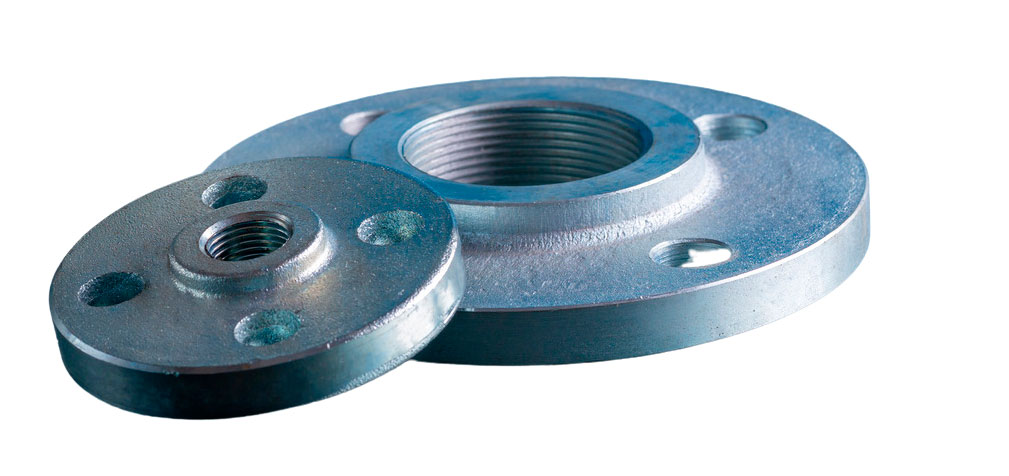
DIN or EN flanges and ASME B16.5 or B16.34 flanges are very different, so it is said that they are not compatible.
The first thing is that there are some dimensional differences between the two standards that must be taken into account. This stems mainly from the fact that the DIN and EN standards use the metric system while the ASME B16.5 and B16.34 standards use the English imperial system.
For example, DIN or EN flanges have a different diameter of holes for the coupling than ASME diameters, so it would be impossible to couple an ASME flange where a DIN or EN flange was.
Let’s take an EN-1092-1 PN10 DN250 flange. This means that we have a flange with a maximum working pressure of 10 bar and a nominal diameter of 250 millimeters. The most similar flange according to ASME would be a Class 150 flange of nominal diameter 10 inches, i.e. a flange working at a maximum pressure of 150 psi (pounds per square inch) which would be approximately 10.34 bar. As we can see, as close as these values are, they do not match. In addition, other dimensions such as internal diameter, external diameter, bore diameter, and flange body thickness are also different.
In conclusion, it can be said that there is no strict equivalence or compatibility between DIN/EN and ASME B16.5/B16.34 flanges, so it is a mistake to order a DIN/EN flange to replace an ASME and vice versa.
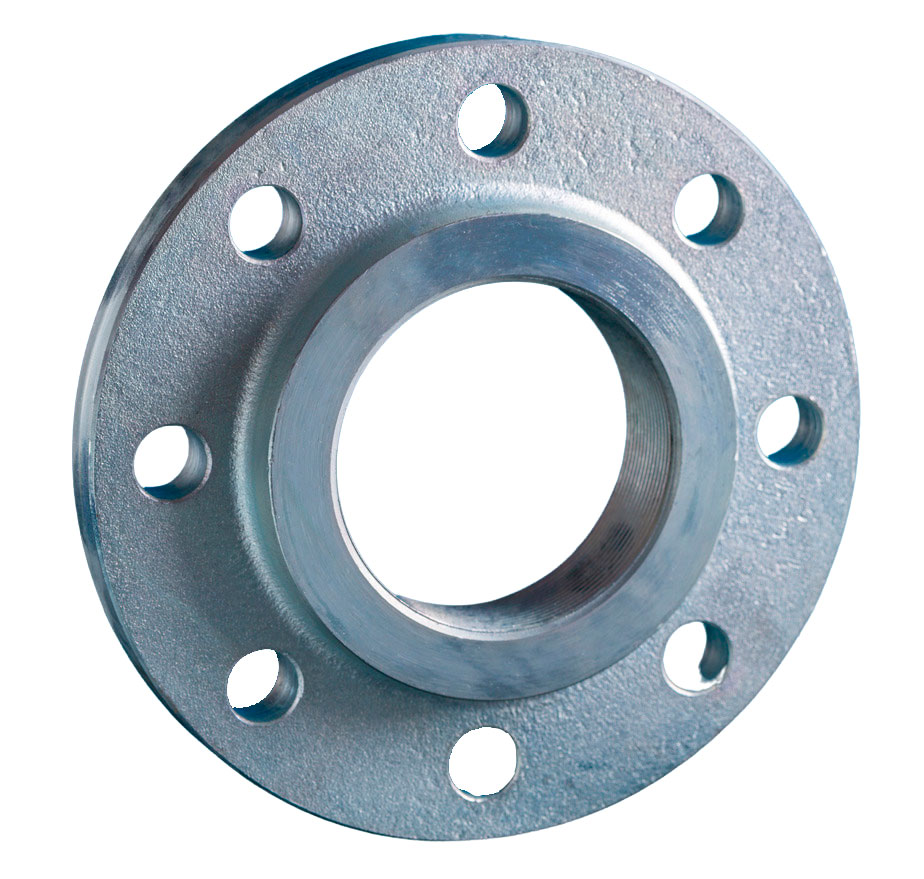
This is the maximum mess. But NO WORRIES, that’s what we are here for.
Sometimes you have DIN flanges and EN flanges, so it may be convenient to convert from one type of flange to another to make the connection. This can be done with a DIN flange to EN flange converter.
The converter consists of two parts: a body and a sleeve. The body is attached to the DIN flange and the sleeve is placed on the EN flange. Once in place, the converter provides a safe and reliable connection between the two types of flanges. In addition, the converter is easily removed when no longer needed, making it a versatile and convenient solution for all your flange needs.
| Pipe class classifications based on ASME B16.5 and corresponding PN classification |
| Flange type | 150 | 300 | 400 | 600 | 900 | 1500 | 2500 |
| Flange pressure rating, PN | PN 20 | PN 50 | PN 68 | PN 100 | PN 150 | PN 250 | PN 420 |
In any case, it is recommended to use the corresponding EN-1092 or ASME B16.5 flanges.
Hey, and if you have any other questions, don’t hesitate to contact us.
Share this post

Imagine installing just any check valve in a hydrogen circuit. At first, everything seems to work fine — but over time, internal materials begin to
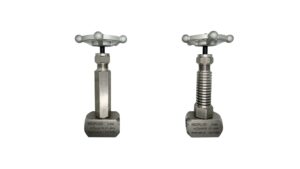
You’ve probably heard about high-temperature or cryogenic valves, the ones that are incredibly resistant because they operate under extreme conditions. But what makes them so
This website uses cookies so that we can provide you with the best user experience possible. Cookie information is stored in your browser and performs functions such as recognising you when you return to our website and helping our team to understand which sections of the website you find most interesting and useful.
Strictly Necessary Cookie should be enabled at all times so that we can save your preferences for cookie settings.
If you disable this cookie, we will not be able to save your preferences. This means that every time you visit this website you will need to enable or disable cookies again.
Esta web utiliza Google Analytics para recopilar información anónima tal como el número de visitantes del sitio, o las páginas más populares.
Dejar esta cookie activa nos permite mejorar nuestra web.
Please enable Strictly Necessary Cookies first so that we can save your preferences!
2 Responses
Hi, thanks for thorough description of compatibility between DIN and EN flanges. I was wondering if EN flanges are compatible with GOST flanges? I checked the GOST flanges standard and EN flanges dimensions and they seem to match. Can you please share your thoughts?
Hi Deepak,
While EN (European Norm) and GOST (Gosudarstvennyy Standart or Russian State Standard) flanges may have similar dimensions in some cases, it’s important to note that compatibility involves more than just matching dimensions. Flanges need to meet specific standards not only in terms of size but also in terms of material specifications, pressure ratings, and other technical requirements.
EN flanges typically adhere to European standards, while GOST flanges follow Russian standards. These standards may have differences in terms of materials, testing, and manufacturing specifications. Even if the dimensions seem to match, the materials and other technical aspects might not be compatible, leading to potential issues in terms of performance and safety.
To ensure compatibility, it’s crucial to consult the specific standards for both EN and GOST flanges and verify that they meet the same criteria for your intended application. Additionally, consulting with a qualified engineer or industry expert familiar with both standards can provide valuable insights and guidance in determining compatibility. Always prioritize safety and adherence to industry standards when selecting and using flanges for any application.